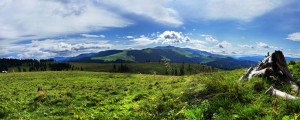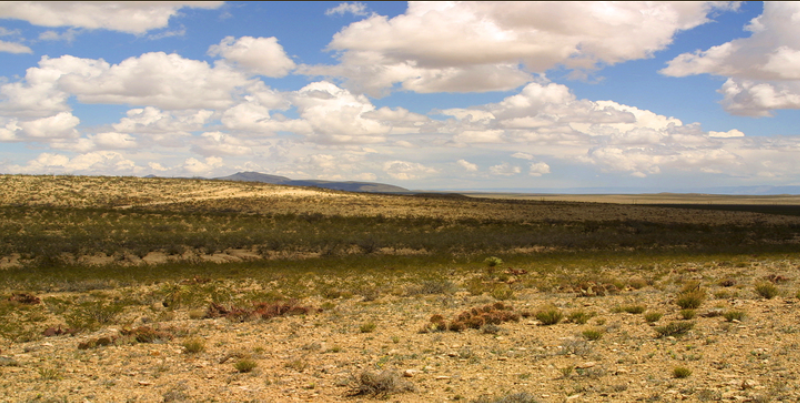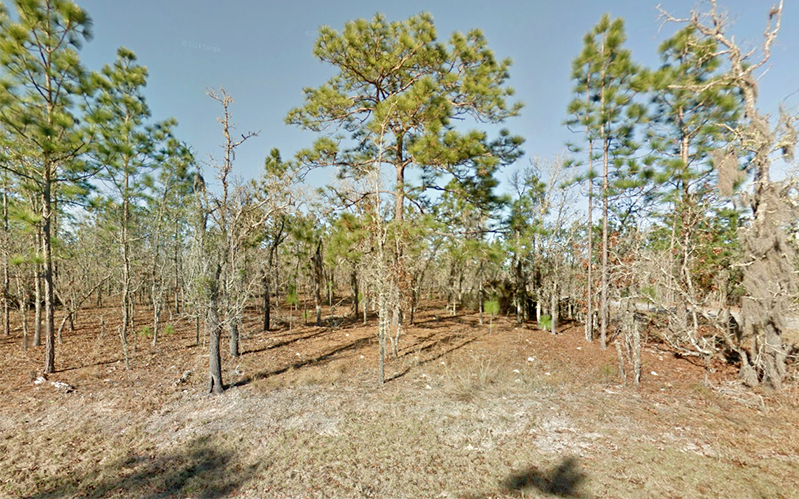 Conservation easements are powerful, effective tools available to landowners for the permanent conservation of private lands in the United States. The use of conservation easement options has successfully protected millions of acres of wildlife habitat and open space, keeping land in private hands and generating significant public benefits.
Conservation easements are powerful, effective tools available to landowners for the permanent conservation of private lands in the United States. The use of conservation easement options has successfully protected millions of acres of wildlife habitat and open space, keeping land in private hands and generating significant public benefits.
The primary purpose of a conservation easement is to give a landowner the right to protect his land from certain types of development or land use. This opportunity appeals to property owners who hold undeveloped land that is agricultural and/or has timberland, wildlife habitats, natural open space, and those with natural resources. Simply, a conservation easement is a restriction on the use of property similar to a deed restriction. It is recorded in public records and generally is in perpetuity. The government receives assurance that this valuable land will be protected from future development.
When you purchase land, you also purchase a bundle of rights. These rights include, among others, the right to develop, and the right to minerals and water. Collectively this bundle of rights is called “fee title.”
As a landowner, you also have the ability to sell some of these rights while maintaining ownership to the land. This is generally known as selling a “less-than-fee” interest. A conservation easement is a form of “less-than fee” interest and is a voluntary agreement that allows a landowner to limit the type or amount of development on their property while retaining private ownership of the land.
While many conservation easements are donated, others are also sold. If your land qualifies as a conservation easement, it is worth your time to research how this can benefit you and your family for generations to come.




